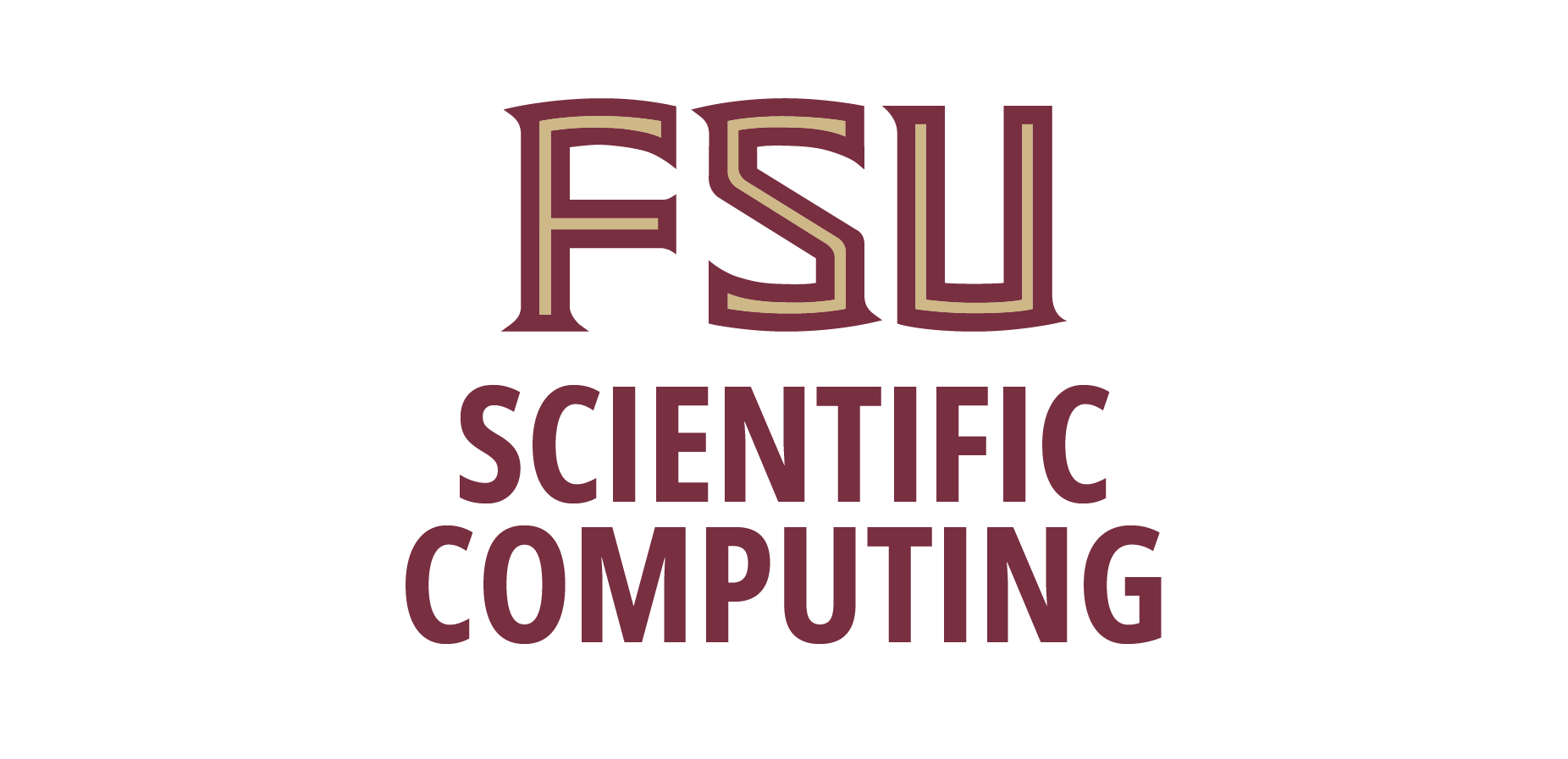SC Colloquium: "Modeling diffusion and capture"
Alan E. Lindsay Department of Applied & Computational Math & Statistics University of Notre Dame
Abstract:
Diffusion is a fundamental transport mechanism whereby spatial paths are determined from probabilistic distributions. In examples such as the pollination of a flower or immune response to infection, the arrival of a single particle can initiate a cascade of events. The movement of these particles is driven by random motions, yet these systems function in an ordered and predictable way. The first passage time (FPT) is the random variable describing the duration of a particle’s search for a target.
In this talk I will discuss the problem of determining the distribution of arrival times for a random walker to reach a collection of absorbing sites. The governing equations are PDEs of parabolic and elliptic type in two and three dimensions with a mix of Dirichlet (Absorbing) and Neumann (Reflecting) boundary conditions. A particular feature of cellular FPT problems is that the absorbing set has a large number of very small sites. I will present a new homogenized theory which replaces the heterogeneous configuration of boundary conditions with a uniform Robin type condition. To verify this limit, I will describe a novel spectral boundary element method for the exterior mixed Neumann-Dirichlet boundary value problem. The numerical formulation reduces the problem to a linear integral equation supported on each of the absorbing sites. Real biological systems feature thousands of absorbing sites and our numerical method can rapidly resolve this realistic limit to high accuracy.

